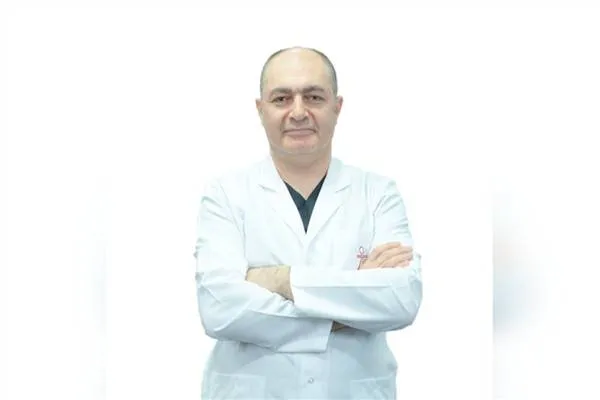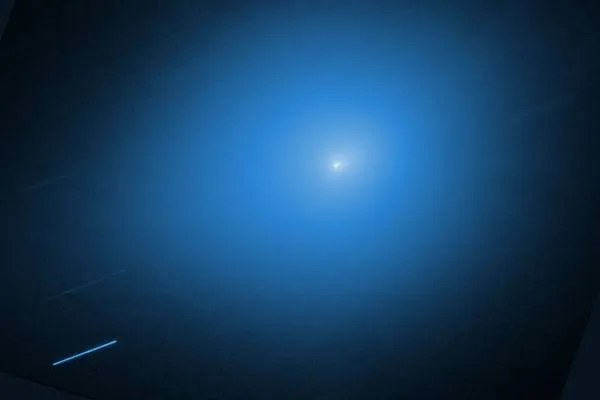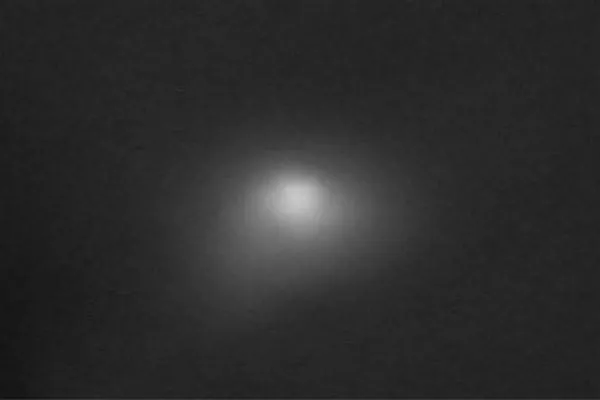If you have a spot, a small hole, or hair on your lower back, pay attention
Professor Dr. Alp Özgun Börcek from the Neurosurgery Department at Güven Hospital emphasized the importance of early diagnosis of Tethered Cord Syndrome (TCS), stating: “Early diagnosis and proper intervention are crucial to prevent the progression of the disease.”
He explained that the syndrome occurs when the spinal cord is abnormally attached lower than usual or stretched by surrounding tissues: “This restricts the natural mobility of the spinal cord and can eventually cause irreversible nerve damage. It is a mechanical problem; therefore, medication cannot solve it. Surgical intervention is necessary in confirmed cases.”
“Often mistaken for simple back pain”
“Lower back and leg pain, walking difficulty, frequent falls, or urinary incontinence may be early warning signs,” Börcek said. “We even detect signs of the syndrome in patients who come with only lower back pain and no external symptoms. Therefore, considering every back pain as ordinary is a serious mistake.”
He added: “The skin structure in the lower back can also provide important diagnostic clues. A congenital red mark, excessive hair growth, or a small dimple in that area may indicate a spinal abnormality. Especially in children, if a mark, a small hole, or hair is noticed along the midline of the lower back, a neurosurgeon should evaluate it.”
“Diagnosis should be individualized”
“Two patients with identical imaging results may require different treatments — one may need surgery, while the other only regular follow-up. Therefore, it’s incorrect to say every tethered cord case must be operated on,” he emphasized.
“Surgery lasts about an hour; the goal is to relieve the tension”
“The surgery is usually performed through a small incision in the upper part of the lower back. The tissues tethering the spinal cord are released, and the connective tissue (filum terminale) causing the tension is cut. The average duration of surgery is about one hour,” he explained.
“Although spinal surgeries always carry a risk of nerve damage, I have never encountered such a case in hundreds of operations. Neuromonitoring technology provides a high level of safety during surgery,” Börcek noted.
“Early intervention increases the chance of success”
“The success rate after surgery is closely linked to how early the disease is detected. The earlier it’s diagnosed, the less pressure there is on the nerves and the higher the chance of recovery. However, if advanced symptoms like urinary incontinence develop over the years, full recovery becomes difficult. Tethered Cord Syndrome is rare, but delayed diagnosis can lead to paralysis, loss of bladder and bowel control, or spinal deformities. Every back pain and walking difficulty should be investigated carefully.”
British News Agency















